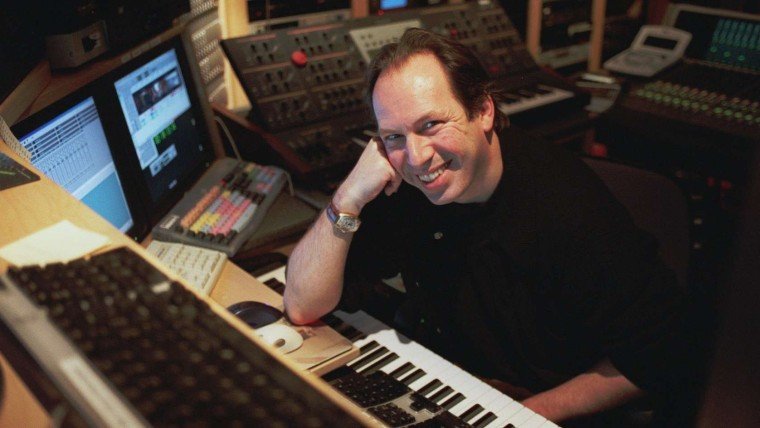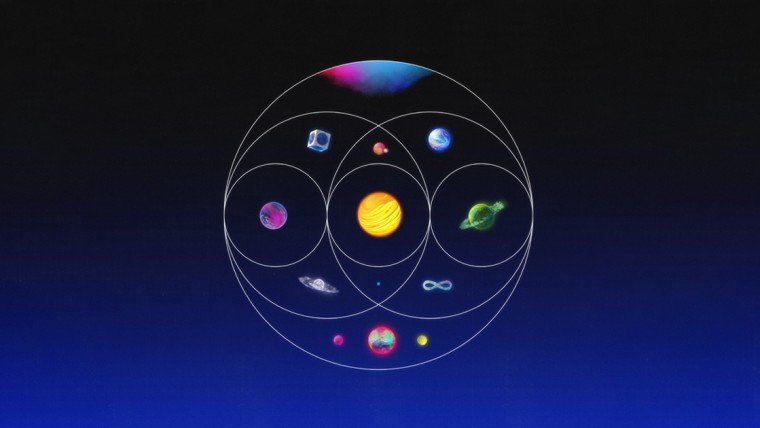Ólafur Arnalds is famed for his elegant use of instruments. Through the years, he has created different sounds spanning multiple genres that have also allowed him to enter the spotlight. With the release of his latest EP, The Invisible, Ólafur made sure that every second of his project oozes with not only beautifully sounding sounds but also emotions.
These eight tracks that are featured in his EP are long forgotten ones that he has created years or even decades ago. It’s just like going back to his old roots, revisiting his sounds, what he was before. “Partisans” was able to capture the essence of the whole album right off the bat. It’s a mixture of nostalgia and melancholy, but it’s not necessarily gloomy. As Ólafur said, he creates music that inspires people, more specifically artists. The three-minute-long opener is a calm and yearning piece, a great start.
The second track is titled “The Invisible Front.” With the piano as the leading man, the other instruments were able to catch up and complement each other to create a soothing ensemble. “The Invisible Front” is something you can listen to almost anything as it can have different meanings which is something wonderful that Ólafur created.
“Letters” is quite playful from start to finish. Ólafur has his usual piano equipped but this time a bit “in your face” and expressive. When compared to the first two, “Letters” is something you might want to hear if you’re reminiscing about good times or you just want a peaceful rest. Ólafur is always excellent when it comes to creating ambient sounds and even film scores, so it’s only expected that he will deliver something as brilliant as this.
The fourth track is named “Kadizonas.” In this one, Ólafur showed off what he is capable of doing with many instruments. With a violin as a leading sound, Ólafur was able to create some space for the other sounds that he also used. All of them blended in together perfectly until the end.
“Microcosm” is the next track, and unlike the previous, this one has been dialed down a notch when it comes to pacing. It’s a slow yet rewarding journey that creates this very vague sense of loneliness and eeriness. It’s hard to exactly interpret these pieces as each of us can come up with our meanings. As a general feeling, however, “Microcosm” is by far the saddest of all the tracks.
“Respite” can be playful sometimes but it sure does deliver what it’s supposed to do. That is to appeal to the listeners’ emotions. Having contrasting sounds and rhythm is more than enough to do so and for that Ólafur deserves praise. It ends rather fast, but there’s something about it that makes it a bit longer, perhaps because of the repetitions that play around the rhythm.
“Epilogue” marks the end of a modern art piece. With this, Ólafur dropped everything he was building on the past tracks. Those emotions that you can experience on the latter can also be felt this time around thanks to the use of different distinct instruments. The layering and harmony are also on-point, and the fact that it explodes later into an extraordinary ensemble is more impressive than it should be. For four minutes, “Epilogue” is the perfect ending for the lost tracks that Ólafur was able to share with the world. As a piece of modern classical music that has been around different genres, Ólafur Arnalds is more than just impressive. The EP doesn’t feel short in any way, but some parts of it made it seem like you are listening to a full-length feature album. It’s easy to call the album anything as we’re free to have our interpretations, especially because all are instrumentations. In general, however, I think this EP can inspire other people without being overboard. It’s a solid piece of art and this compilation is best enjoyed in your solace.







